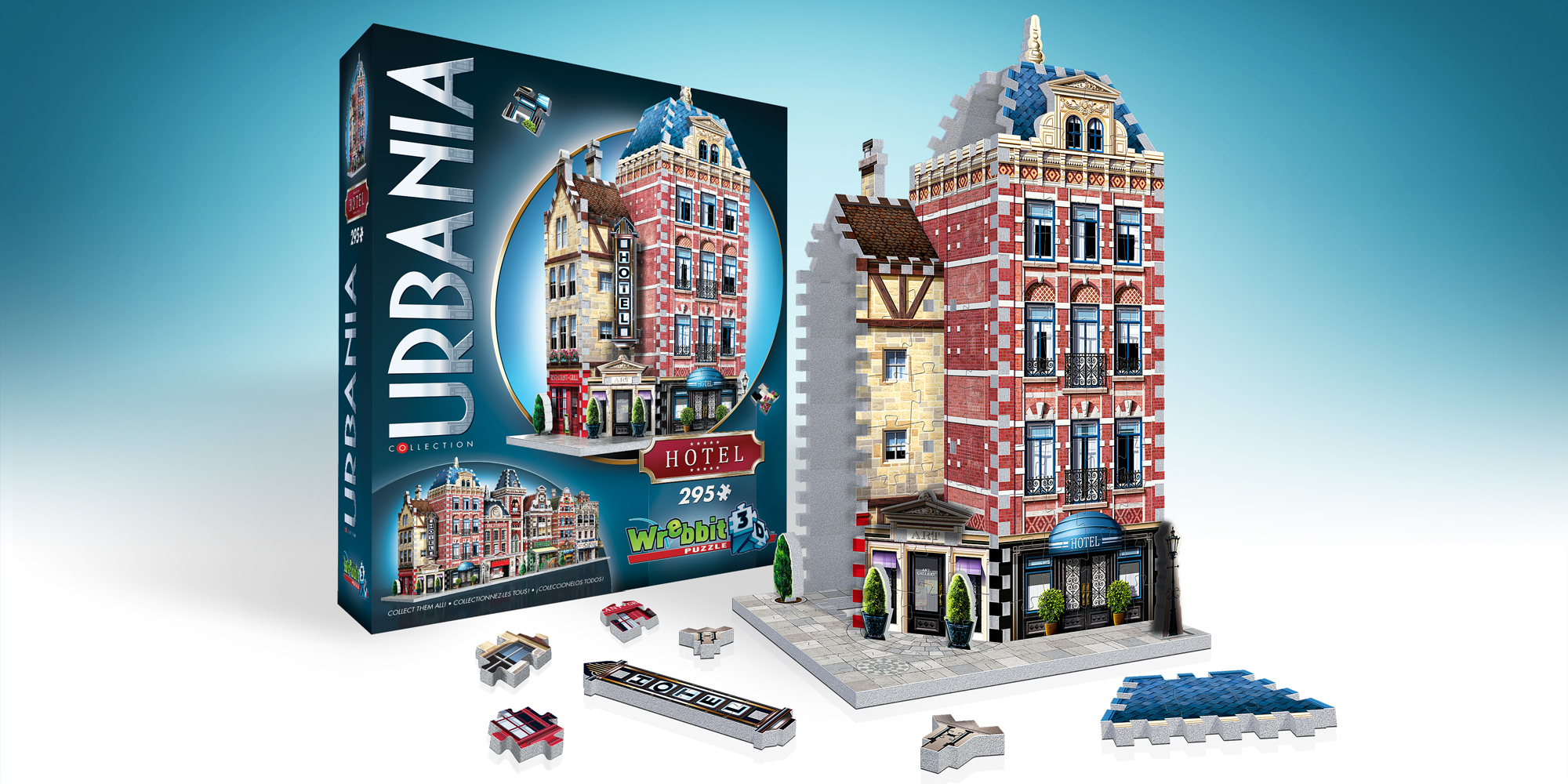
What is a Wrebbit3D jigsaw puzzle and how to assemble them
— 1 CommentWondering what 3D jigsaw puzzles are all about? What is the difference between a jigsaw puzzle and a 3D puzzle? Unsure whether you have what it takes to rise up to the challenge? Let’s answer these questions, and then some, in order to be ready for your next Hobby 101 test.
What is a Wrebbit3D puzzle?
Hmm… Let’s see. A straightforward dictionary answer would be something like: “A 3D jigsaw puzzle is a collection of foam jigsaw puzzle pieces assembled in sections of various sizes and shapes that represent a building, vehicle or structure from the real world or a fictional universe.” That doesn’t sound too bad actually. But let’s try to delve a little deeper and look at this definition…piece by piece.
Material
Made out of dense foam and high quality paper, our 3D jigsaw puzzle pieces are easy to handle. They snap together effortlessly to bring your project to life.
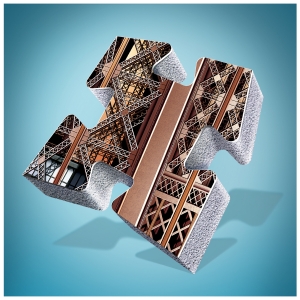
Not numbered
Staying true to regular 2D jigsaw puzzles originally made, our pieces are not numbered in order to provide the best possible balance of challenge and rewarding experience. Pieces are assembled together by using the reference images on the box and the black and white instructions booklet. Other online resources (images, colour instructions, videos, etc.) are available as well.
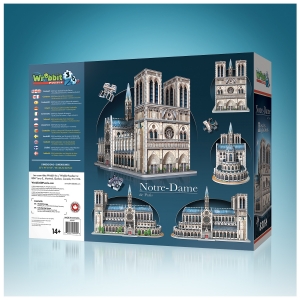
Shapes
You’ll find the classic ones you’re familiar with, like the ones with tabs and slots and others with straight edges. But you’ll find new kinds of puzzle pieces with tenons and mortises (square projections and holes) on their perimeter, and others with mortises in the middle of them. They are crucial to 3D jigsaw puzzles and what allows upright structures to hold together without any glue.
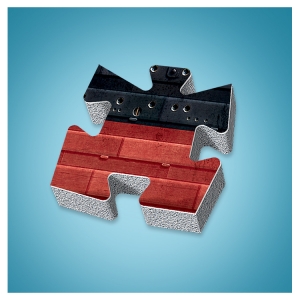
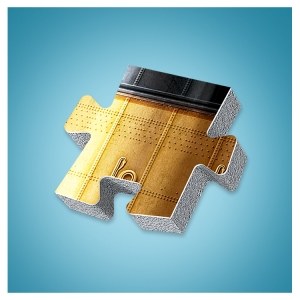
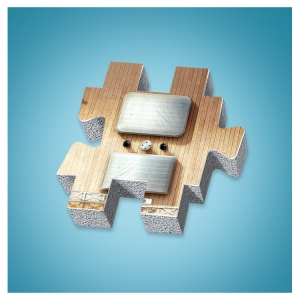
Red dots
Some puzzle pieces have been identified with one or several red dots. These are essential to the manufacturing of your 3D jigsaw puzzle, but are not part of your puzzle project. We strongly advise you to put them aside while sorting your puzzle pieces at the beginning of your project and keep them until your puzzle is completed. Why? Well, sometimes during the sorting process, even the keenest eye may miss a good piece that ends up among the red-dotted ones.
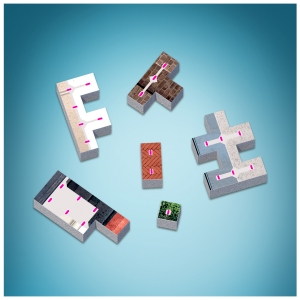
How to Assemble?
The “How To” of a 3D jigsaw puzzle can be broken down into three major steps: Sort, Assemble, Go 3D. Two of these steps are actually the same ones you execute while assembling a regular jigsaw puzzle. Let’s look into them.
Step 1: Sort.
Get the puzzle pieces out of the box and sort them in as many groups as you can. Multiplying the categories and subcategories of shapes, colour, design, shades, illustrations, etc. will go a long way. We mean it. The more you sort, the easier it will be to find the piece you are looking for. (Check out our article on sorting your pieces to learn a few useful tips and tricks.)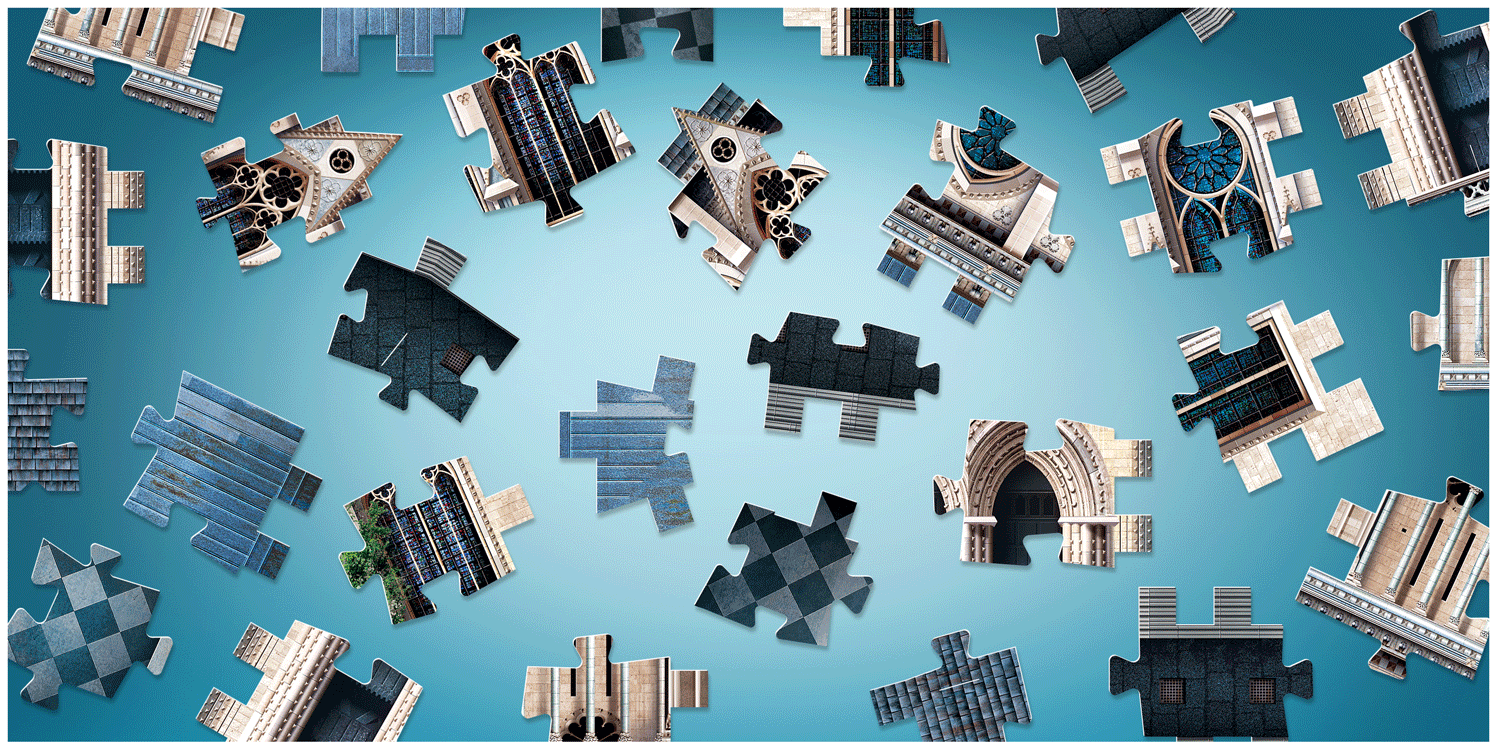
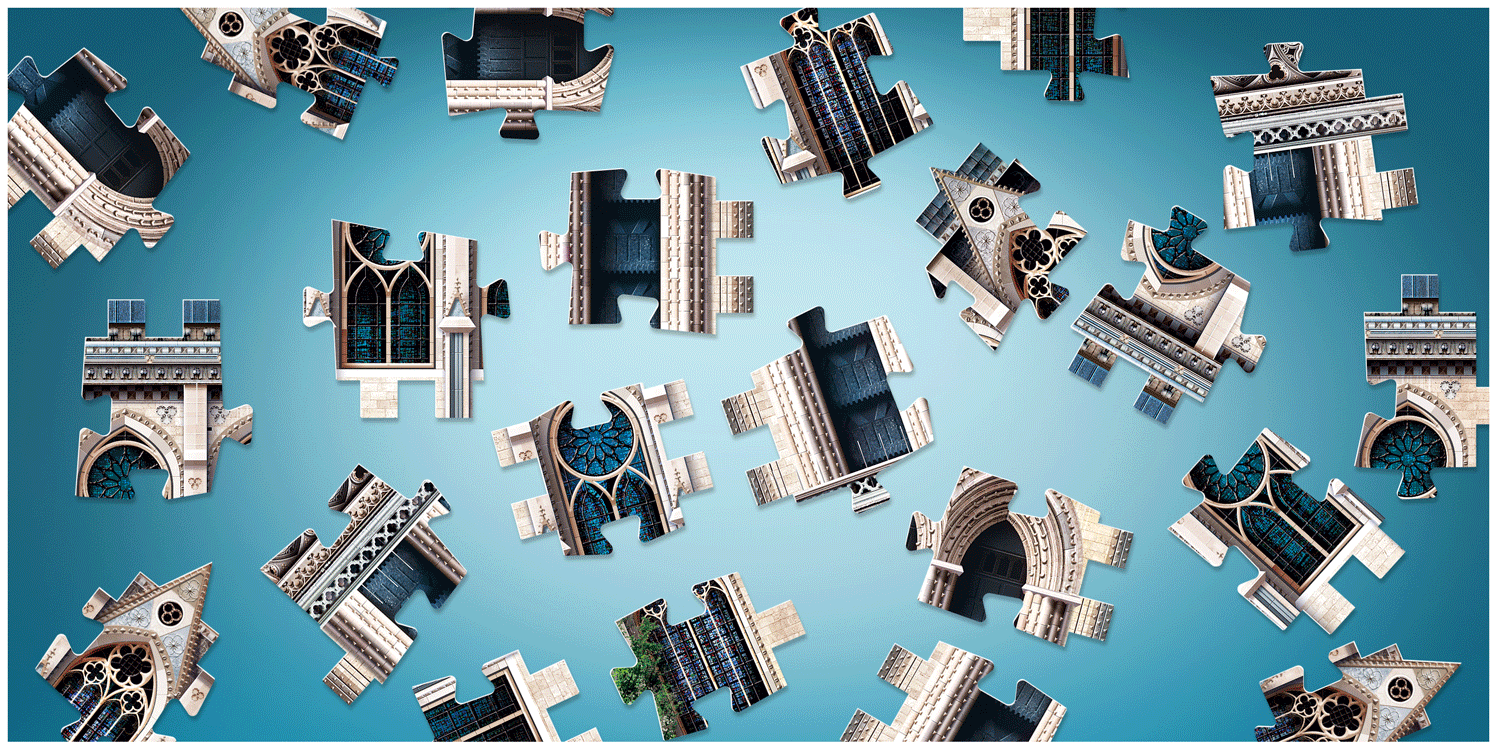
Like we mentioned earlier, the red-dotted pieces are put in a separate category to be kept until the end of the project. Stay focused while you sort these specific pieces: static and friction can make red-dotted pieces stick to good pieces. Mortises in the middle of pieces might have a red dot that needs to be punched out.
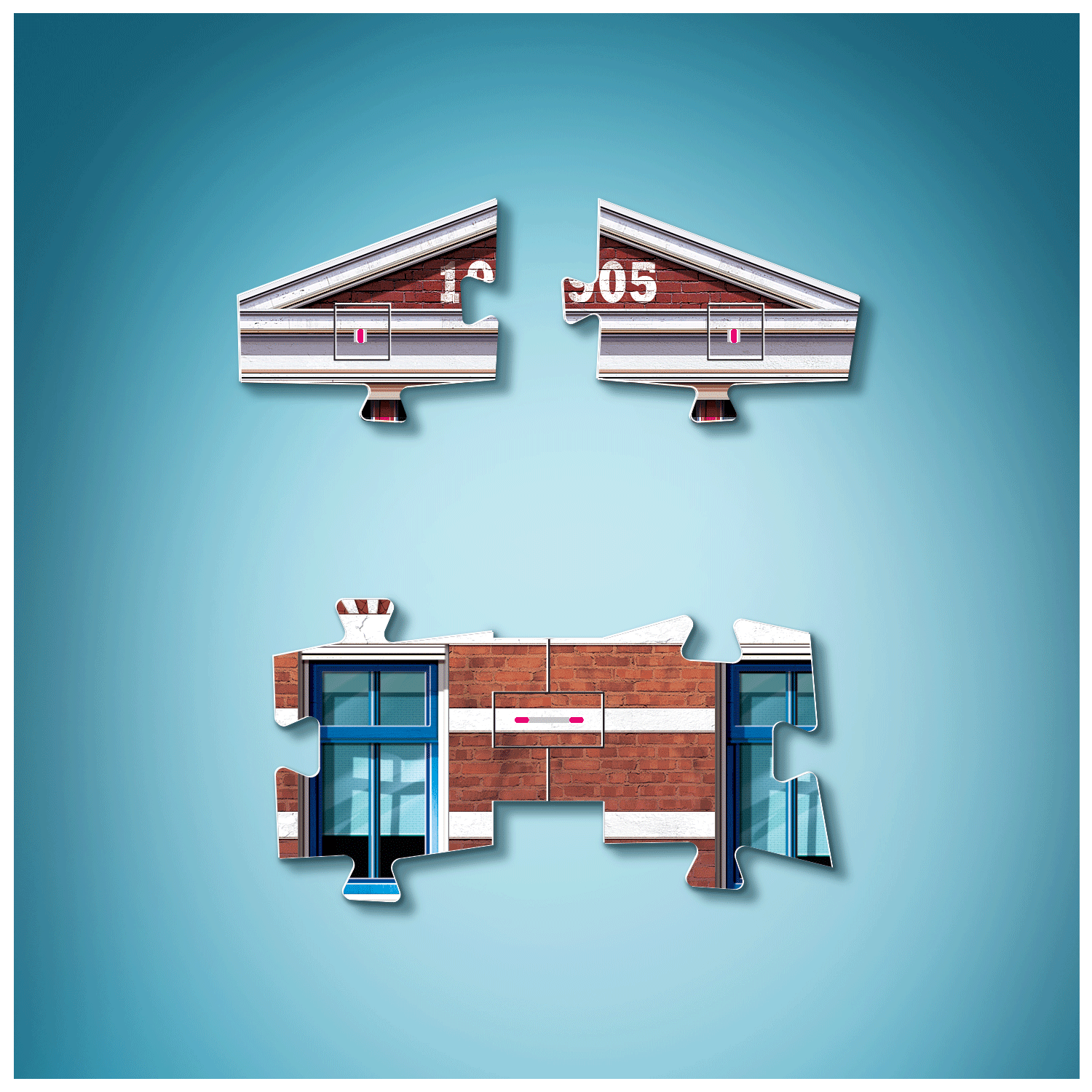
Step 2: Assemble.
This one is pretty straightforward: Look at the illustrations on the box and go for it!. Not that bad so far, right? Good!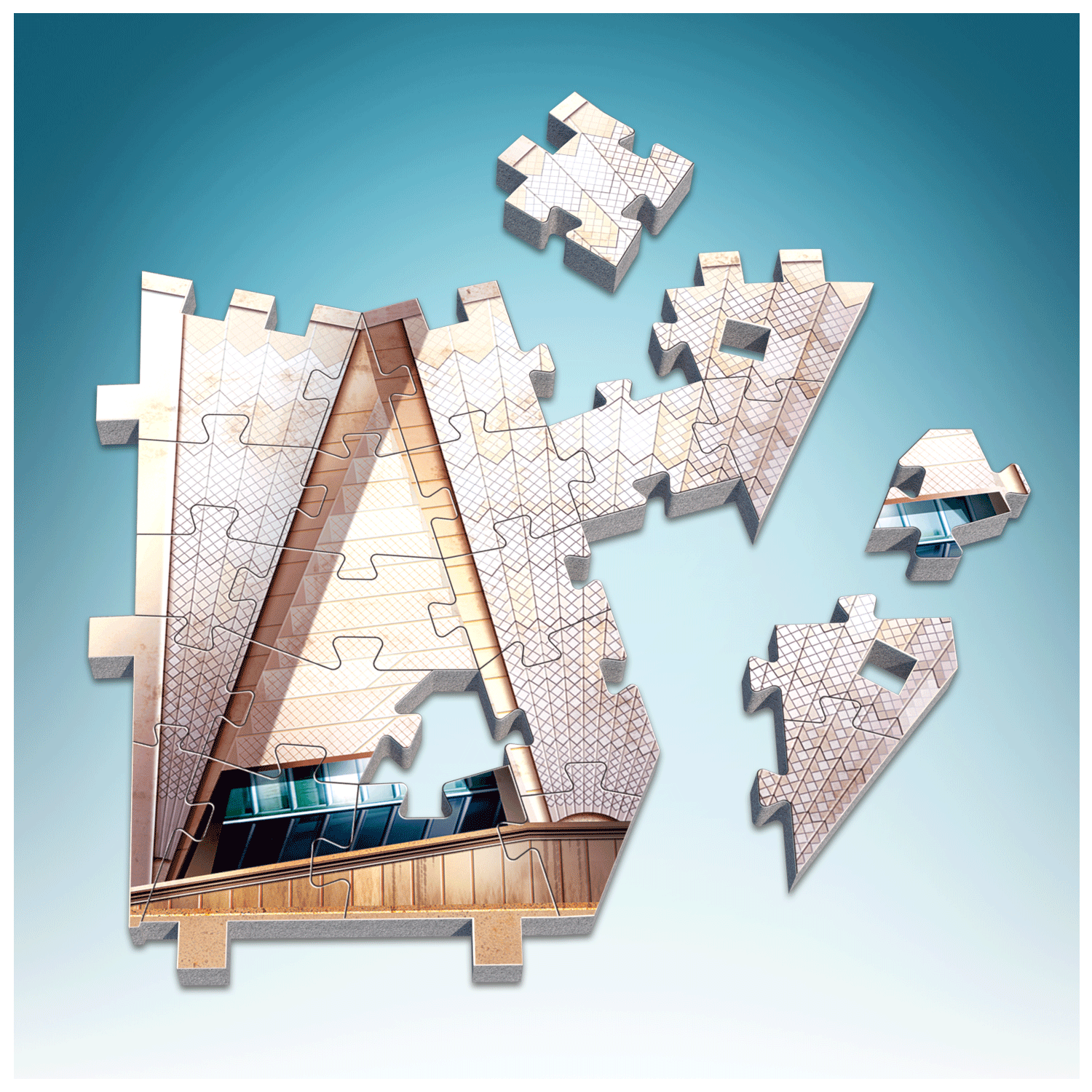
While working your way through this step, you’ll notice the first difference between a jigsaw puzzle and a 3D puzzle. Instead of one single flat regular puzzle taking shape, you will create multiple flat sections, like numerous mini 2D jigsaw puzzles. A completed section will have edges that are either straight, curved or with tenons and mortises (the new shape you’ve seen earlier in this article). Put them aside until you have used all the pieces. In addition to the illustrations on the front and back of the box, you can look at the black and white instructions provided where you’ll find outlines of the sections to help you out, as well as our coloured instructions and our 360o videos.
Step 3: Go 3D.
Okay, now things are getting even more interesting! Let’s be honest: you are itching to build in 3D, and seeing all those completed sections piled up with no purpose yet is unnerving. Your patience is about to be rewarded. Time to make the transition from 2D jigsaw puzzle and go 3D.
The flat sections you have completed earlier are now your primary building materials. Follow the instructions booklet step by step and work your way to a completed 3D jigsaw puzzle. Move and place your project to be comfortable: place it on its side, put your hand inside to provide support while applying pressure, turn it around to get a new perspective. Whatever works for you.
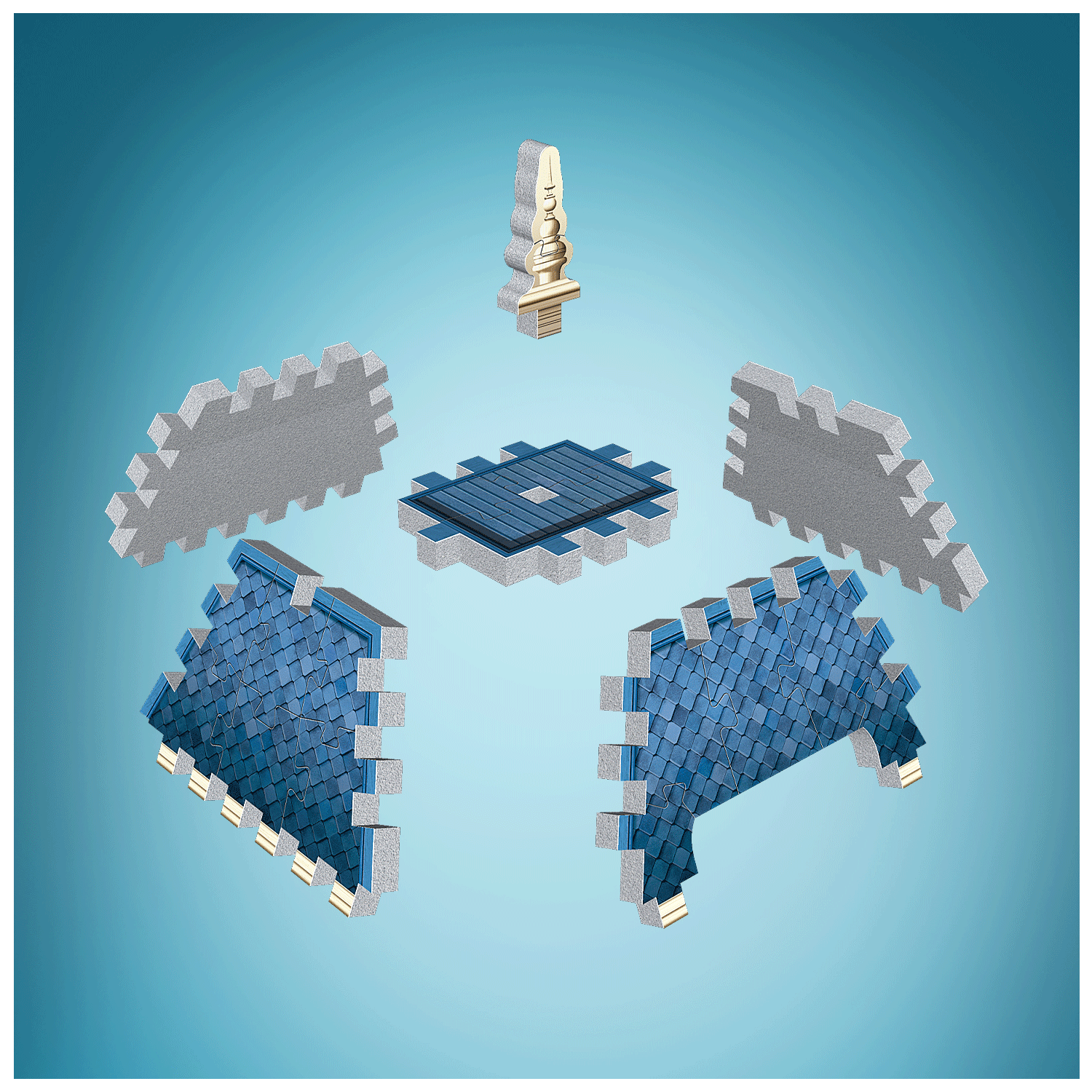
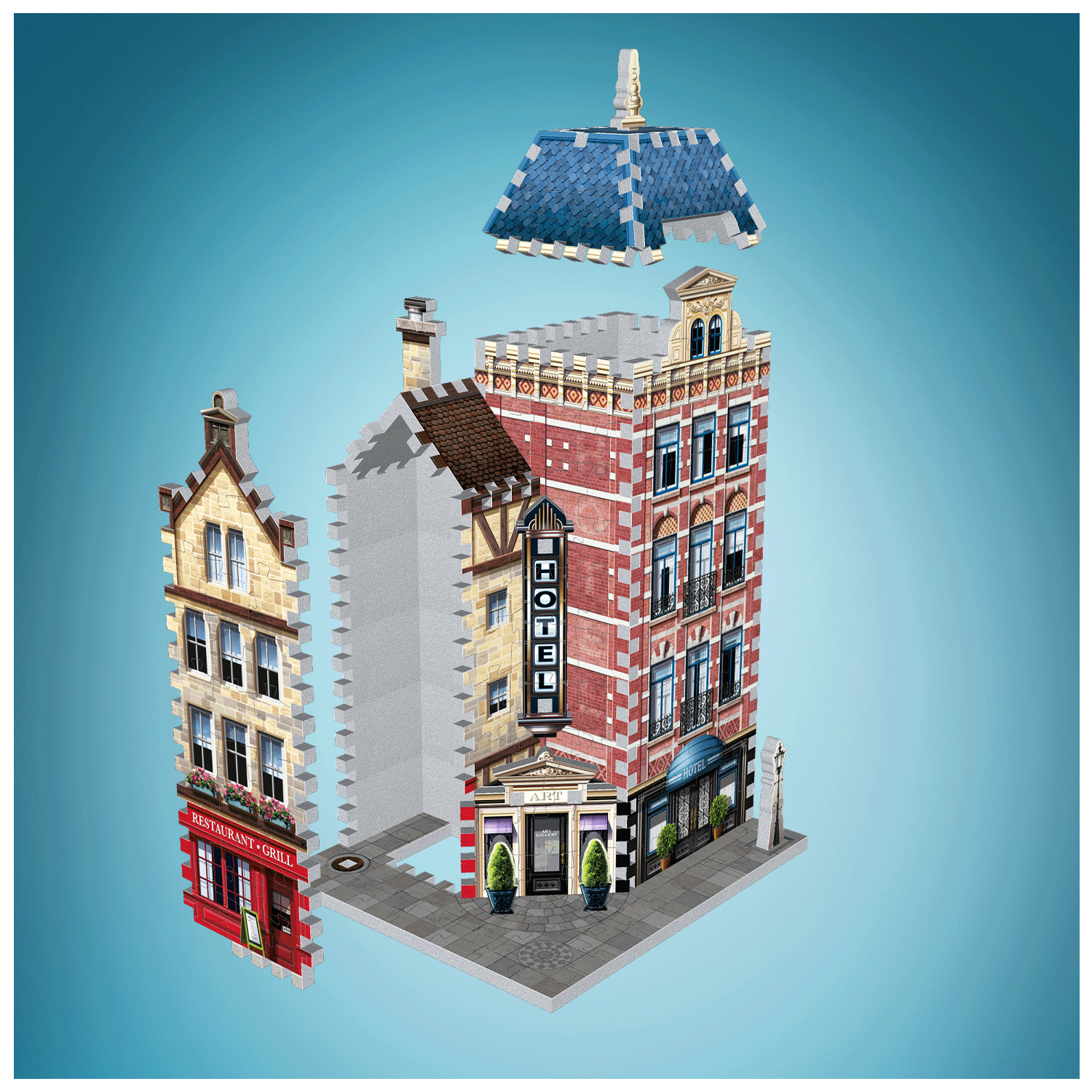
So, there you have it. A broad view of what 3D jigsaw puzzles are all about. Has this article given you the puzzle bug? Have you realized that you have what it takes and you would like to try your hand at one? Head over here for an overall look at our current 3D jigsaw puzzles.
Enjoy!
